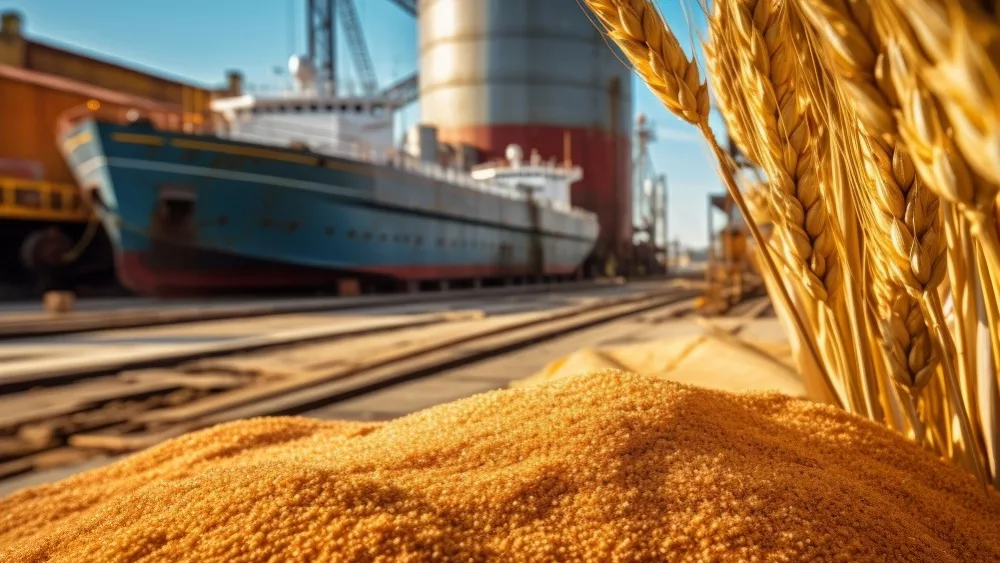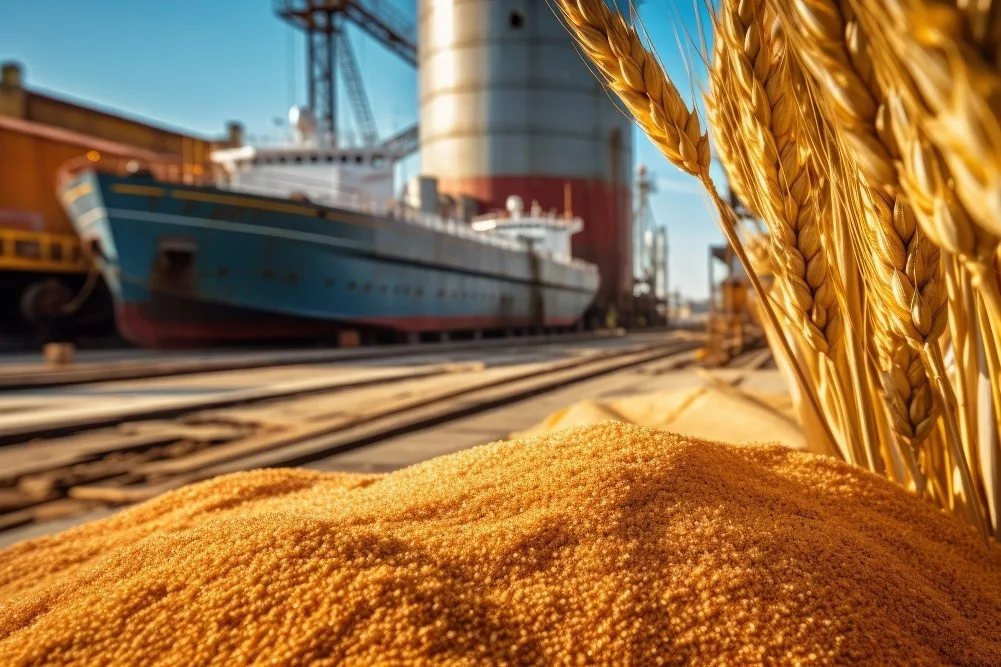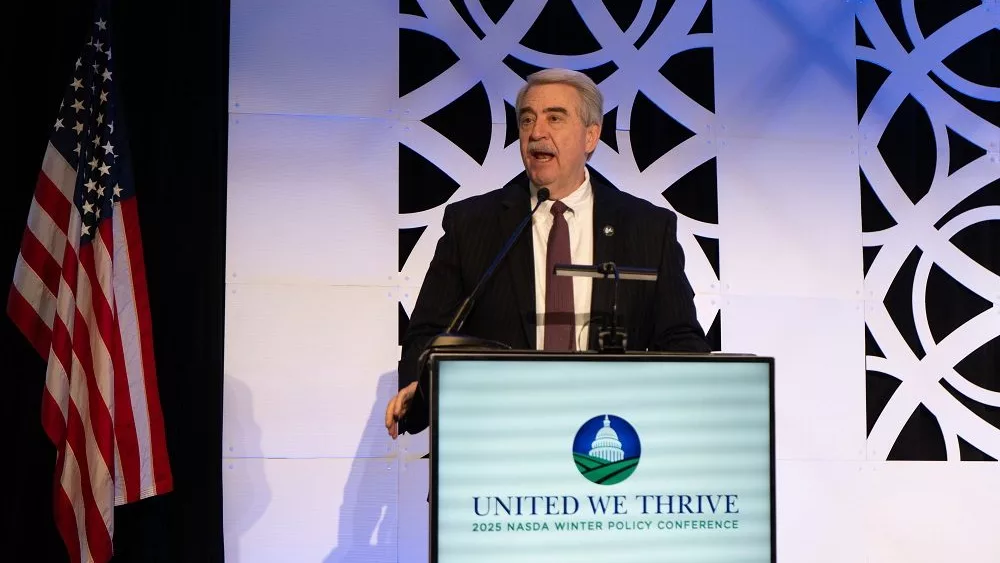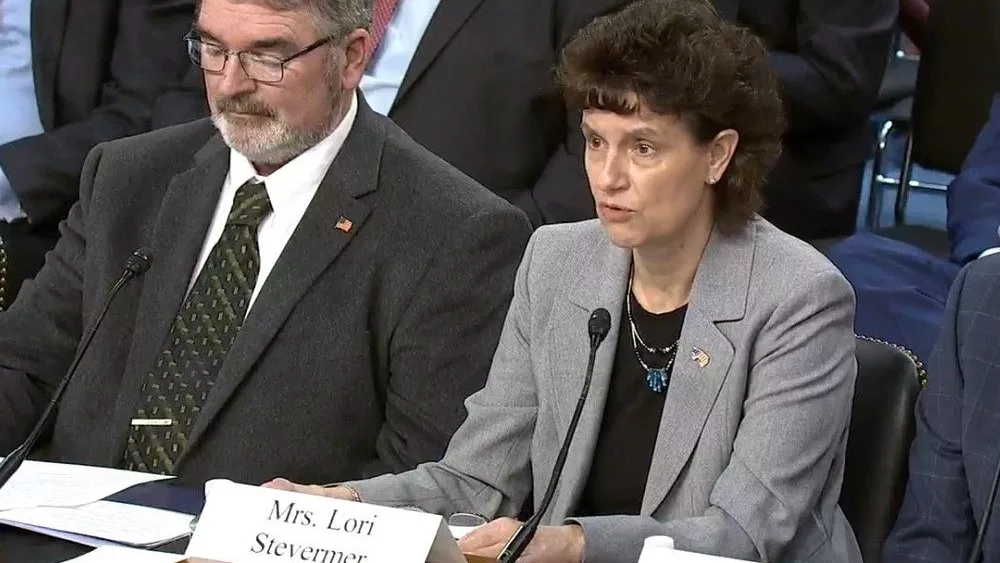We continue our look back on 2023 with Brian Kuehl, the Director of Government and Public Affairs with the ag business advisory company Pinion.
In the first part of this series, he said ag trade got negative marks for the year. However, there were some trade successes.
“One thing the Biden administration did that was great and that we support, they announced a $1.3 billion Regional Ag Promotion Program (RAPP), paid for out of the Commodity Credit Corporation. So, they’ve proposed this big market development effort. We think that’s fantastic and certainly can help bolster the ag economy,” he said.
Through RAPP, USDA is providing up to $300 million in funding in its first year to support projects that help exporters break into new markets and increase their market share in growth markets.
According to the USDA, analysis has shown that for every dollar invested by the Foreign Agricultural Service in export market development, exports are increased by $24.50. USDA says trade promotion investment helps keep existing markets open and creates access to new markets. Further, investing in non-traditional markets will help the United States diversify away from dependence on a handful of large markets and is a way to spread out risk against global market shocks, which Kuehl agrees is needed.
“It’s good that we’re selling that much product to China, but I think we’re all a little nervous that if China goes and invades Taiwan, or if we have another trade war with China, we’re really reliant on them, for twenty percent of our exports,” he said in the first part of this series. “So, we’d like to diversify where we send food and ag products.”
RAPP funds are available to non-profit U.S. agricultural trade organizations, non-profit State Regional Trade Groups (SRTGs), U.S. agricultural cooperatives, and state agencies that conduct approved market development activities to foster expanded exports and market diversification by encouraging the development, maintenance, and expansion of diverse commercial export markets for U.S. agricultural commodities and products.
However, Kuehl says more work is needed.
“We also need to open new markets with trade agreements with tariff reductions, really working government to government,” he said. “And we need to see that kind of activity stepped up in 2024.”






